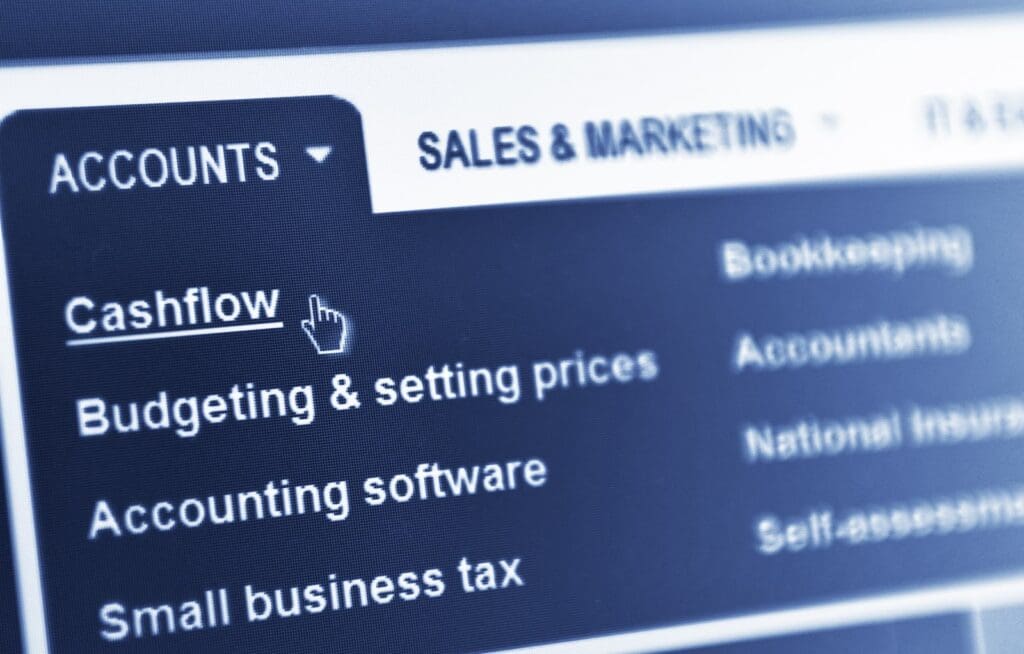Understanding Accounting: What is a General Ledger?
Getting down to the basics of accounting and bookkeeping, one of the most important and useful resources that is needed for scrupulous record keeping, is the general ledger. It is used in the everyday operations of small businesses and keeps the business’ finances well-managed. So, what exactly is a general ledger and how exactly is it used?
What is it?
Generally speaking (pardon the pun), a general ledger, or GL, summarises all of the transactions that have occurred over a financial recording period for a business and keeps a record of the total for the financial accounts within a business. Accounts that are typically recorded in a general ledger include assets, liabilities, equity, expenses, and income or revenue. They hold information that is important for preparing a business’ financial statements. This record keeping used to be taken down in a book or diary; however, these days, most businesses will use accounting software or some kind of system that adds data to a general ledger automatically, making life much easier.
General ledgers are the foundation of bookkeeping and business, and maintaining one should be a priority for each business – especially if you want to get through tax time stress-free. Typically, a business’ accounting software should record descriptions for Cash, Accounts Receivable, Accounts Payable, Sales, Purchases, Telephone Expense and Owner’s Equity in the general ledger accounts. Your accounting software will typically reserve space in the general ledger for each general ledger account. The software will then aggregate these transactions to compile your financial report.
All of the financial data recorded is then validated by a trial balance – which is explained in the next section. General ledger accounts are also typically numbered via a three digit identification code which identifies individual departments and subsidiaries, to make reporting clearer.

What is Included in the Process of Keeping a GL?
In its most basic form, maintaining a general ledger includes the following processes:
- Creating a journal or log with details of every business transaction, as each transaction occurs.
- Categorising each transaction under a relevant account (sales, cash, accounts payable, etc)
- Regularly reconciling the information inside these accounts into a journal entry
- Transferring these journal entries to the general ledger
Trial Balance
A trial balance is another worksheet consisting of the summarisation of the general ledger’s ending balances. The purpose of the trial balance is to address any mistakes in your general ledger that could end up hurting a small business. A trial balance produces a report that lists each account name and the balance documented from the general ledger. The account balances are in two columns, debits and credits. These should be equal to one another – if they don’t match, this indicates that something’s gone wrong in your data entry. For example, you may have incorrectly entered debits or credits. This means a little extra work needs to go into investigating where the discrepancy lies before producing a financial report. If all transactions are equal, then the trial balance is considered balanced.
A trial balance report should be prepared at the end of each reporting period to save the hassle of fixing errors down the road, and to give small businesses confidence that their bookkeeping is accurate. This is also a vital step in safeguarding against penalties imposed by auditors.
What Information Does the General Ledger Contain?
As mentioned, a general ledger contains all of the transactions for a particular reporting period. These individual transactions record the movement of assets, liabilities, equity, revenue, and expenses. If the volume of the transactions is too high (which is great, your business is growing!), accounts can be grouped into subsidiary ledgers and the totals of those are put into the general ledger to condense the recording process. So, what exactly do these accounts record? Let’s look at some of the specific accounts.
Assets
Assets are items that add value to your business. Assets can be tangible (physical assets like property, cars, furniture, etc.) or intangible (non-physical assets like trademarks and patents). A general ledger should record the addition and loss of any assets.
Liabilities
Liabilities are existing debts that your business owes. For example, loans and mortgages to banks, and money owed to another business, vendor, organisation, employee, or other entity. This will also include accrued expenses.
Equity
Equity, also known as net assets, net worth, and owner’s equity, is the total amount a business owner actually owns outright. This is calculated by subtracting the total liabilities from the total assets.
Revenue
Revenue is the amount of money a business receives throughout a certain period in its operation (sales of products or services provided). Revenue can also be earned from activities that aren’t directly related to the main operation of your business; this is called non-operating revenue. For example, renting office space is considered non-operating revenue.
Expenses
Lastly, expenses are costs associated with a business’ operation. These include fees, equipment, supplies, rent, and utilities.

General Ledger Reconciliation
Reconciliation is the process of double checking all transaction accounts within the general ledger to confirm their accuracy. This is a very important step that should be taken before submitting any final reports; this is typically required in the event of a trial balance not adding up.
This process involves checking each account within the general ledger, including each journal entry, to correct any errors in the trial balance. Balances in the general ledger are compared against financial records, such as bank statements, to correct any incorrect figures. Explanations for any discrepancies should also be noted as to understand the miscalculation and ensure mistakes are not made in future – also to confirm there has been no instance of fraud. If you see any unusual accounts or activity, this could be a sign of fraudulent activity. Check out our recent article on how to detect bookkeeping fraud to protect yourself.
After reconciliation, if the balances are still unequal or there are discrepancies, further investigation needs to be undertaken.
Getting Help from the Pros
Maintaining an accurate general ledger can be tricky and a lot of work – and if there’s errors, things can get complicated. If you’re trying to grow your business, it’s a good idea to get a little help from a professional accountant or bookkeeper to put your mind at ease. This lets you focus on running your business and keeping things in order front-of-house.
Let the bookkeepers from Shoebox Books give you a much needed hand with your business. With trusted and qualified bookkeepers available all around Australia, you won’t be too far from a helping hand. To learn more about Shoebox Books’ services, get in touch with us today.